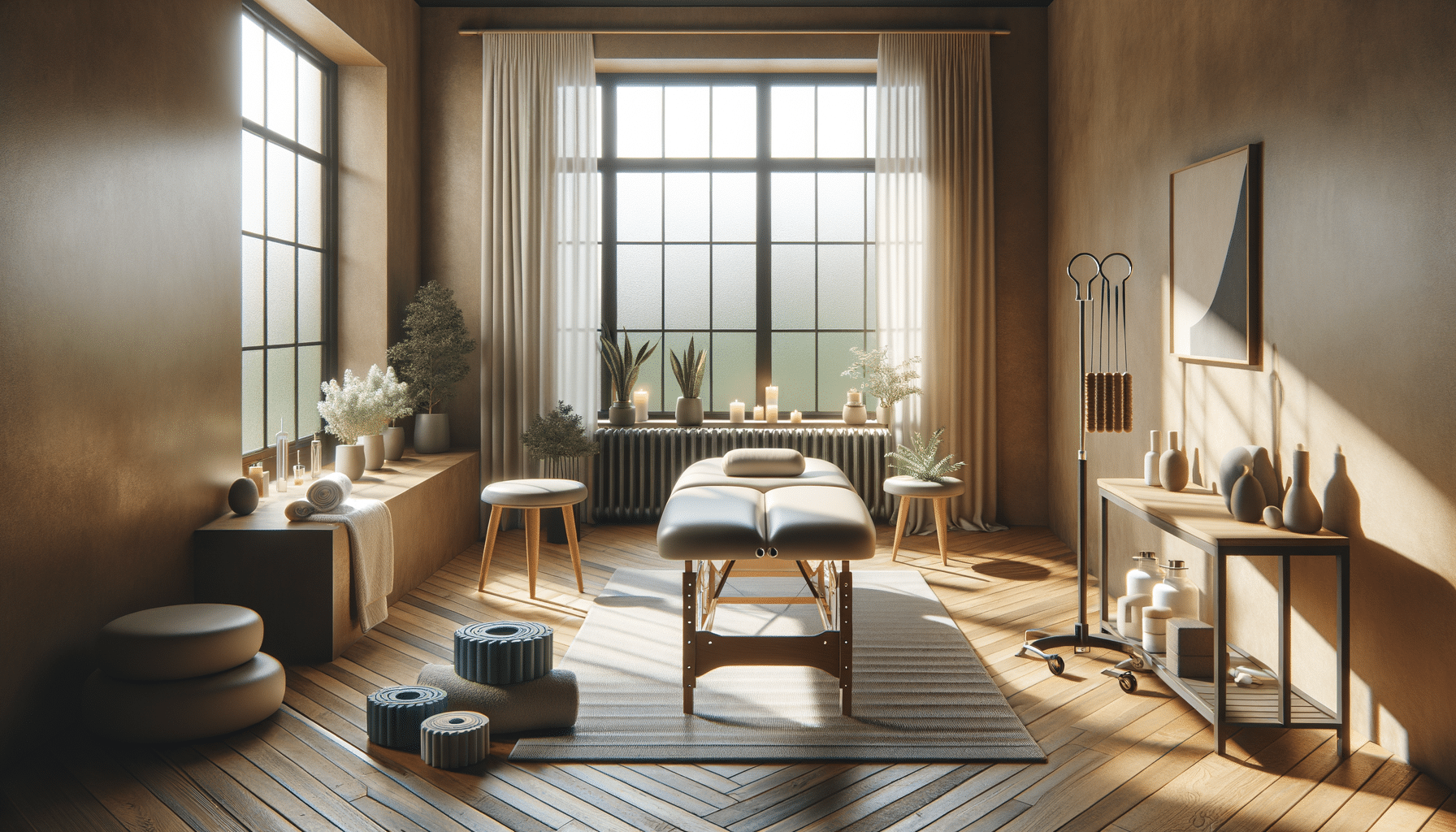
Tiny Homes for Seniors: Smart Living Made Simple
Introduction to Tiny Homes for Seniors
As the global population ages, many seniors are seeking housing solutions that align with their evolving needs. Tiny homes have emerged as a compelling option, offering a blend of affordability, efficiency, and accessibility. These compact living spaces are not just about downsizing; they represent a shift towards a more sustainable and manageable lifestyle. For seniors, tiny homes can mean easier maintenance, reduced costs, and the ability to live independently for longer.
Moreover, with the advent of smart technology, these homes are increasingly equipped with features that enhance safety and comfort. From automated lighting systems to voice-activated assistants, tiny homes can be tailored to support the unique requirements of older adults. This article delves into the various aspects of tiny homes for seniors, exploring their benefits, design considerations, and the role of technology in creating a supportive living environment.
The Benefits of Tiny Homes for Seniors
Tiny homes offer a multitude of benefits for seniors, making them an attractive alternative to traditional housing or retirement communities. One of the primary advantages is cost-effectiveness. With lower building and maintenance costs, tiny homes provide an affordable housing solution for seniors on a fixed income. Additionally, the reduced space translates to lower utility bills, contributing to overall financial savings.
Another significant benefit is the ease of maintenance. Smaller living spaces are easier to clean and require less upkeep, allowing seniors to spend more time enjoying their retirement rather than managing a large home. This simplicity can lead to a stress-free lifestyle, which is particularly important for older adults.
Tiny homes also offer an opportunity for personalization and customization. Seniors can design their homes to suit their specific needs and preferences, incorporating features that enhance accessibility and convenience. For instance, wide doorways, ramps, and grab bars can be integrated to accommodate mobility challenges.
- Cost-effectiveness and affordability
- Ease of maintenance and reduced stress
- Customization for accessibility and convenience
Design Considerations for Senior-Friendly Tiny Homes
Designing a tiny home for seniors involves thoughtful consideration of their unique needs and potential limitations. Accessibility is a crucial aspect, as many seniors may face mobility challenges. Incorporating features such as single-level living, slip-resistant flooring, and accessible bathroom fixtures can significantly enhance safety and comfort.
Another important design element is natural lighting. Ample natural light can improve mood, reduce the risk of falls, and create a more inviting atmosphere. Large windows and skylights can be strategically placed to maximize sunlight exposure throughout the day.
Storage solutions are also vital in a tiny home setup. Seniors often have to downsize their belongings, so innovative storage options like built-in shelves, under-bed storage, and multi-functional furniture can help maximize space. Ensuring that storage is easily accessible without the need for bending or stretching is essential.
- Accessibility features like ramps and grab bars
- Natural lighting to enhance mood and safety
- Innovative and accessible storage solutions
Smart Technology in Tiny Homes for Seniors
Smart technology plays a pivotal role in transforming tiny homes into safe and comfortable havens for seniors. Home automation systems can control lighting, temperature, and security, providing peace of mind and ease of use. Voice-activated assistants can help seniors manage daily tasks, from setting reminders to controlling smart appliances.
Health monitoring devices are another valuable addition, allowing seniors to track vital signs and receive alerts for potential health issues. These devices can be integrated with healthcare services for real-time monitoring, ensuring timely intervention when necessary.
Moreover, smart security systems can enhance safety by providing real-time alerts for unusual activities or emergencies. Features such as video doorbells and motion sensors can help seniors feel secure in their homes, even when they are alone.
- Home automation for lighting, temperature, and security
- Voice-activated assistants for daily task management
- Health monitoring devices for real-time health tracking
Conclusion: Embracing Tiny Homes for a Better Future
Tiny homes represent a significant shift towards a more sustainable and manageable lifestyle for seniors. By offering affordability, ease of maintenance, and the ability to customize living spaces, these homes provide an ideal solution for those seeking independence and comfort in their later years.
The integration of smart technology further enhances the appeal of tiny homes, creating a supportive environment that addresses the unique needs of seniors. As more people embrace this innovative housing option, it is clear that tiny homes have the potential to redefine senior living, offering a blend of simplicity, efficiency, and modern convenience.
For seniors looking to downsize without compromising on quality of life, tiny homes offer a promising path forward, enabling them to live with dignity and autonomy in a space that truly feels like home.


